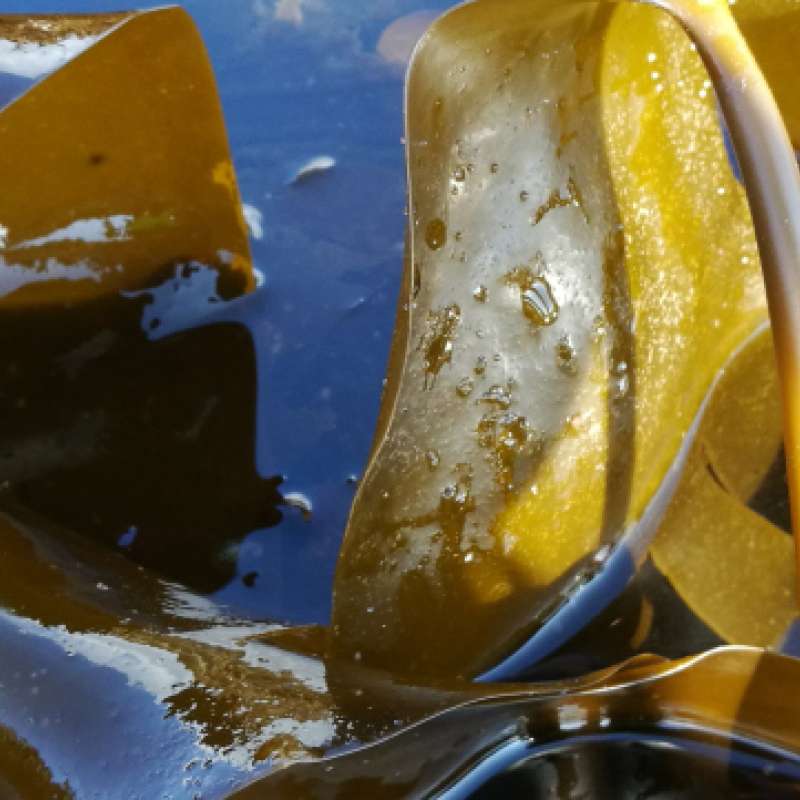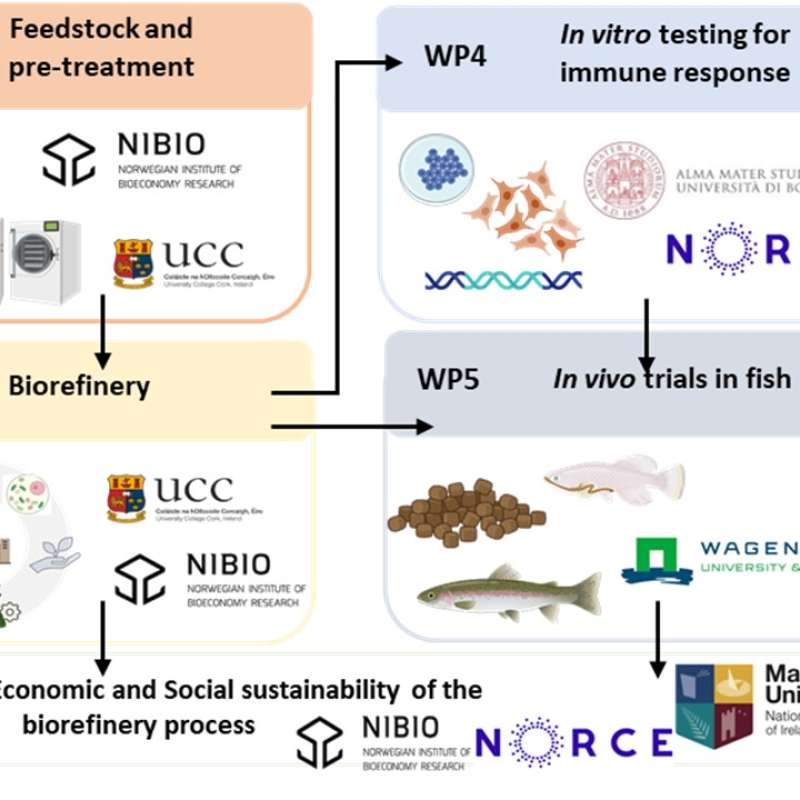Ralf Rautenberger
Forsker
(+47) 482 10 194
ralf.rautenberger@nibio.no
Sted
Bodø
Besøksadresse
Torggården, Kudalsveien 6, NO-8027 Bodø
Forfattere
Laurie C. Hofmann Janina Brakel Inka Bartsch Gabriel Montecinos Arismendi Ricardo Bermejo Manuela I Parentef Emeline Creis Olivier De Clerck Bertrand Jacquemin Jessica Knoop Maike Lorenz Levi Pompermayer Machado Neusa Martinsk Sotiris Orfanidis Ian Probert Cecilia Rad-Menéndez Michael Ross Ralf Rautenberger Jessica Schiller Ester A. Serrao Sophie Steinhagen Ronan Sulpice Myriam Valero Thomas WichardSammendrag
Biobanking (also known as germplasm banking) of genetic material is a well-established concept for preserving plant genetic diversity and also contributes to food security, conservation and restoration. Macroalgae currently represent a very small percentage of the strains in publicly accessible European germplasm banks, despite the increasing recognition of their contribution to achieving several of the United Nations Sustainable Development Goals. There is no strategic coordination of existing macroalgal strains, which could have severe ecological and economic implications as species and their genetic diversity disappear rapidly due to local and global environmental stressors. In this opinion paper, we stress the importance of a coordinated European effort for preserving macroalgal genetic diversity and suggest the development of a three-pillared system to safeguard European macroalgal genetic material consisting of (1) a European Board of Macroalgal Genetic Resources (EBMGR) to provide supervision, support and coordination, (2) a network of germplasm banks consisting of currently existing and newly established infrastructures and (3) an interoperable databank integrating existing databanks. While it will be the task of the EBMGR to identify and coordinate priorities, we offer initial recommendations for preserving macroalgal genetic material, discuss the risks of inaction, and highlight the challenges that must be overcome. Highlights • A coordinated European effort is crucial to preserve macroalgal genetic diversity, addressing rapid species and genetic loss due to environmental stressors. • The initiative should include a European Board of Macroalgal Genetic Resources for oversight, a network of existing and new germplasm banks and an interoperable databank integrating current resources. • The effort supports the United Nations Sustainable Development Goals.
Sammendrag
Det er ikke registrert sammendrag
Sammendrag
Det er ikke registrert sammendrag

Divisjon for matproduksjon og samfunn
OceanGreen: Maximizing Economic Value through Restored Kelp Forests and Sustainable Fisheries
Målet med OceanGreen er å finne metoder for å gjenopprette tareskoger i Nord-Norge, gjennom bærekraftig høsting av kråkeboller. I prosjektet vil en også undersøke hvordan en kan lage verdifulle industriprodukter av de enkelte fraksjonene i den høstede biomassen. OceanGreen eies av Ava Ocean. Lenke til prosjektsiden hos Ava Ocean finner du til venstre på siden.

Divisjon for matproduksjon og samfunn
OceanGreen: Maximizing Economic Value through Restored Kelp Forests and Sustainable Fisheries
The OceanGreen project aims to restore and protect kelp forests along the Norwegian coast, develop sea urchin removal technologies, and create commercially viable products from harvested sea urchins. It focuses on kelp forest restoration, scalable technologies, sea urchin utilisation, collaboration, and coastal community revitalisation. Ava Ocean is the project owner, you'll find a link to their their project-site on the left side of this page.

Divisjon for matproduksjon og samfunn
AquaUP - Aquafeed Upgraded: Enhancing Immune Function of Fish with Seaweed-modified Functional Compounds
The aquaculture industry is anticipating intensive production growth to meet future food demand. Yet, this growth is constrained by a number of challenges, not least including disease spread and use of antibiotics and chemicals to combat or reduce disease outbreaks.
